The violent bear it away. That title of Flannery O’Connor’s 1960 novel still resonates. Some relentless atavism is at work in our culture, a monstrous irrationality that awakens what O’Connor called “the stuff of which madmen and fanatics are made.” Violence, no longer shunned, is now an accepted political tool.
The attempted assassination of Justice Brett Kavanaugh—preceded by U.S Attorney General Merrick Garland’s refusal to enforce federal law against protesters at justices’ homes—exposed the fragile divide between constituted order and willed anarchy. In effect, the attorney general’s inaction acquiesced to mob intimidation and signaled a willingness to risk further lawlessness.
The descent into Third World-like threats against the judiciary did not come suddenly. The slouch toward selective law enforcement and politicized violence has a history. By whatever name we call it—wokeism nowadays—adversary culture has been loosening essential restraints for some six decades. Like the lifecycle of a parasite, the passion for repudiating established order mutates and reappears in successive stages. Today’s recurrence of the New Left virus keeps the inherited infection alive in a new generation of hosts.
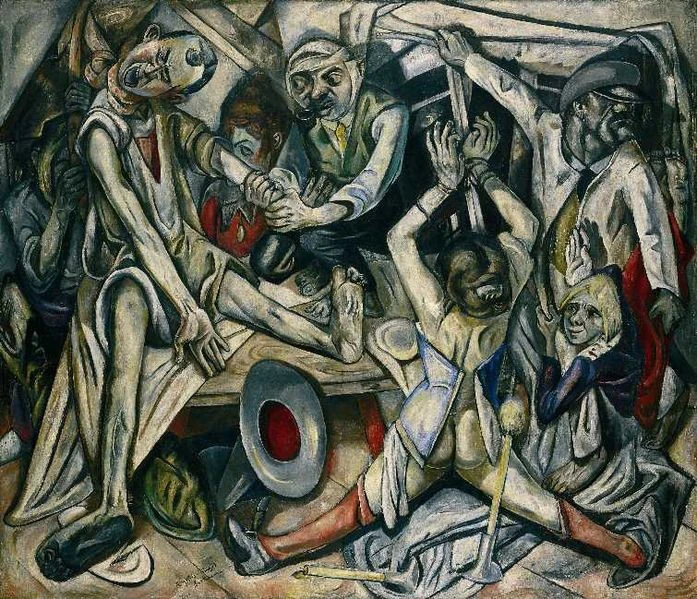
A Hatred ‘Like a Cleansing Flame’
A sizable portion of the American electorate has never heard of the New Left, of which they are heirs. For many, weaned on Apple News and Yahoo headlines, history began with Facebook or an Instagram account.
The smartphone generation draws a blank on the name Todd Gitlin, a prominent 1960s activist, president of Students for a Democratic Society, and cultural historian. An eventual critic of the movement he inhabited, Gitlin anticipated the corrosive power of identity politics, racial jockeying, multiculturalism, and political correctness. He wrote: “You can hate your country in such a way that the hatred becomes fundamental. A hatred so clear and intense came to feel like a cleansing flame. By the late 60s, this is what became of the New Left.”
The animus remains. Left zealots are still dedicated to a holy cause. All that changed were the objects of fanatical grievance. Abortion and climate change now head the list, followed by ever-mutating racial and sexual resentments.
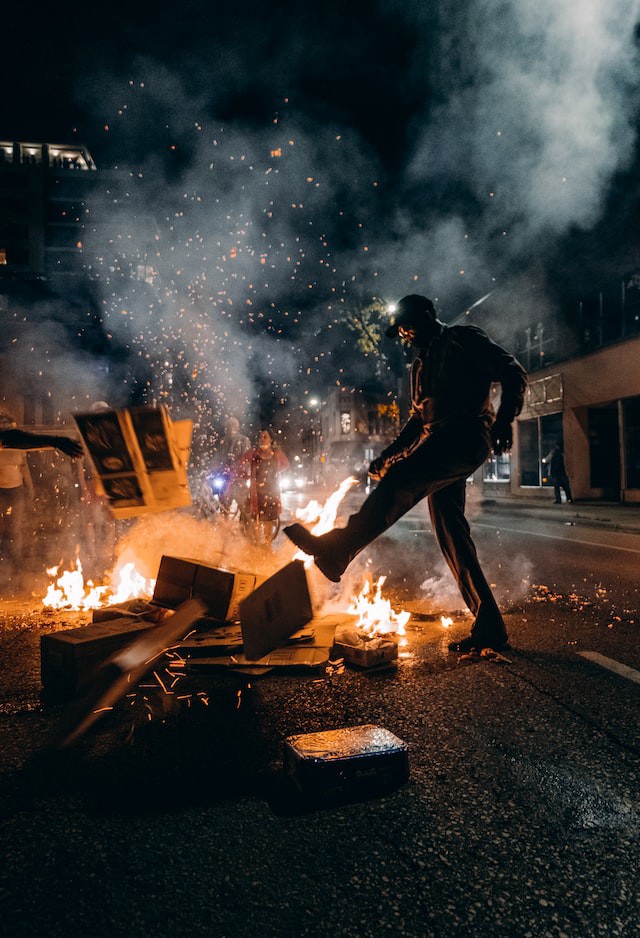
By Any Means Necessary
On July 7, the fifth anniversary of the ball field shooting of GOP Whip Steve Scalise and four others, a climate activist group called Now or Never vowed to shut down this year’s game on July 28. (Thanks to Sens. Joe Manchin and Chuck Schumer, they did not need to.) Demanding “billions of dollars in clean energy investment,” the group’s website promised more “climate action” to save the planet: “Conventional means no longer apply. … It is time to escalate. … It’s time to leave everything on the field.”
That playing field analogy translates to “by any means necessary,” a call to arms taken from a speech on terrorism by Franz Fanon in 1960. A black Marxist born in Martinique, Fanon joined the FLN during the Algerian War. His seminal text, “The Wretched of the Earth”(1961), became the left’s manual for lethal insurgency.
Only revolutionary terrorism could transform “a whole social structure … from the bottom up.” Assent to violence was a prerequisite. “At the level of individuals, violence is a cleansing force,” Fanon wrote in 1963.
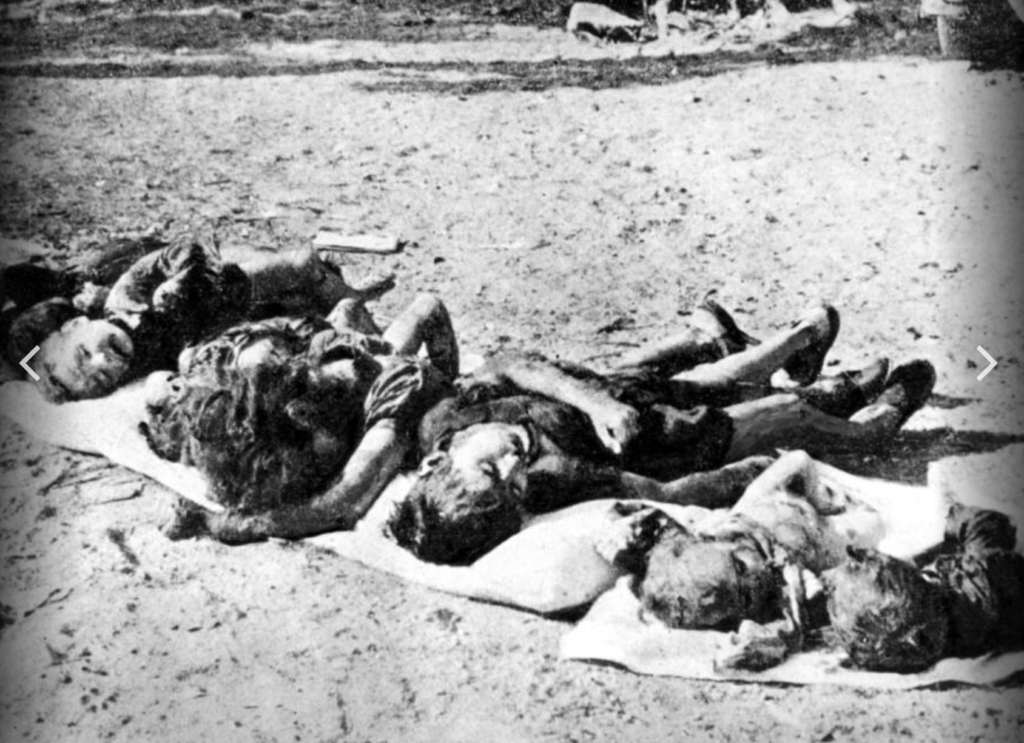
New Targets for Violence
After the war, the taste for revolution redefined its target and its market. In the post-colonial era, totems of decolonization shifted to new applicants for victimhood.
Ideologues of feminism and post-colonialism shared an epiphany: Colonization is not limited to historic events. It is an ongoing process. Accordingly, the anti-colonial struggle expanded to radical feminism, environmentalism, LBGT-ism, transgenderism, and the spreading epidemic of claims by pressure groups gripped by identity politics.
In consequence, newly discovered conceptual colonies multiply. Only the colonizer remains the same. Each imagined territory—from “coloniality of gender” to colonized mathematics with its “marginalization of non-Eurocentric mathematical knowledges”—demands rites of expiation from the white heteronormative patriarchy.
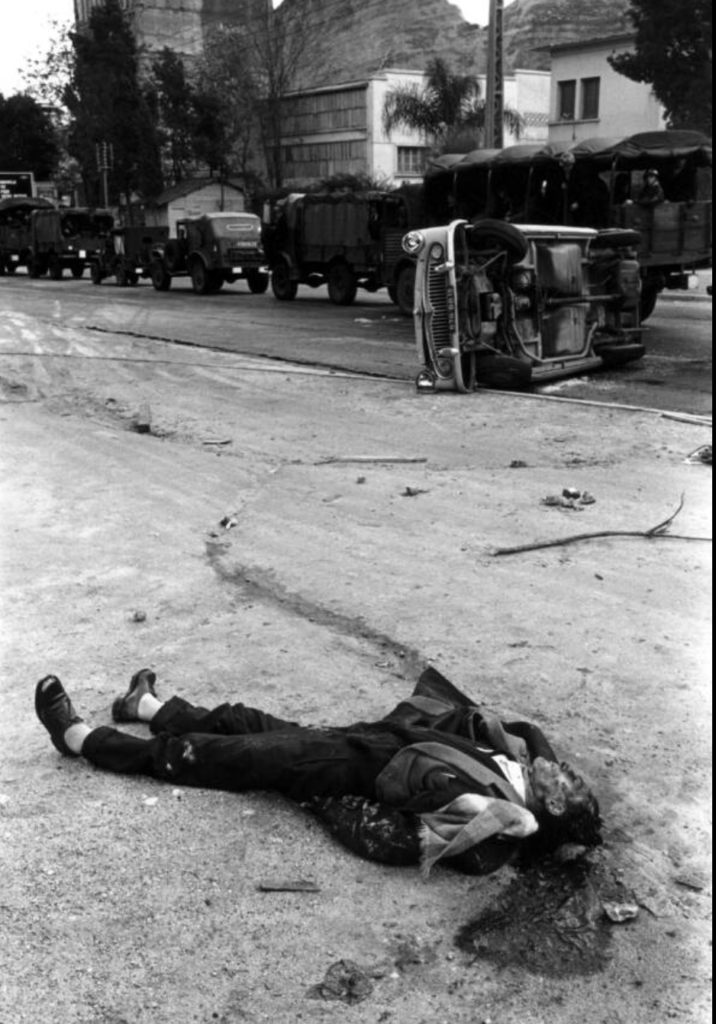
Attack White Men
Whiteness itself has become the tincture of systemic oppression. Psychology Today, a useful guide to the zeitgeist, began its “Journey Into Whiteness” in 2009. It has wrung its hands over the hegemonic white psyche ever since. A recent headline ran: “The Dobbs Decision is Deeply Rooted in the Patriarchy.”
White Western patriarchy, its norms and institutions, is today’s all-purpose bogey. Impassioned Greens can justify terror on the perception that “climate change is violence.” How so? Because it worsens inequalities created by an imperialist, white supremacist patriarchy. Just days ago, Nature alerted readers to the danger of climate change driving violence against women and “gender minorities.” Theorizers of post-colonial feminism deem colonization itself “a gendered act.”
Current terms for achieving gender and racial equity fulfill Fanon’s definition of decolonization: “[It is] quite simply, the replacing of a certain ‘species’ of men by another species of men.” And it is “always a violent phenomenon.” His theorizing is the fulcrum on which wokeism turns. “If the last shall be first, this will only come to pass after a massive and decisive struggle…”
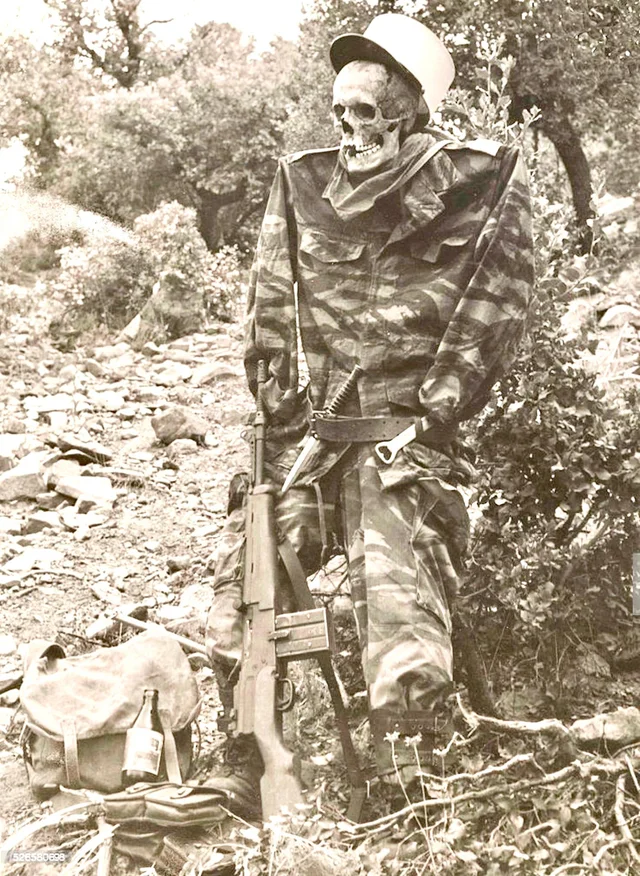
The Woke Believe Violence Is Justified
The summer of 2020 tutored us in that struggle. It carried a warning: Violence in an ideologically acceptable cause does not occasion moral revulsion among the woke. That lesson was repeated by the post-Dobbs firebombing of crisis pregnancy centers and law enforcement’s subsequent shrug over organizations that declared themselves “at war” with pro-life activity.
In “Notes on Nationalism” (1945) George Orwell wrote that the key to political judgments—who is guilty? who is the victim?—is apt to lie in the identities of the parties involved instead of in the nature of the wrongdoing: “Actions are held to be good or bad, not on their own merits but according to who does them, and there is almost no kind of outrage … which does not change its moral when it is committed by ‘our side.’”
His comment was a counter ahead of time to Jean-Paul Sartre’s glorification of “Wretched of the Earth.” In his preface to Fanon’s text, Sartre spoke for the revolutionary side: “No gentleness can efface the marks of violence; only violence itself can destroy them.” He made a romance of it: “irrepressible violence” against a perceived enemy is “man recreating himself.”
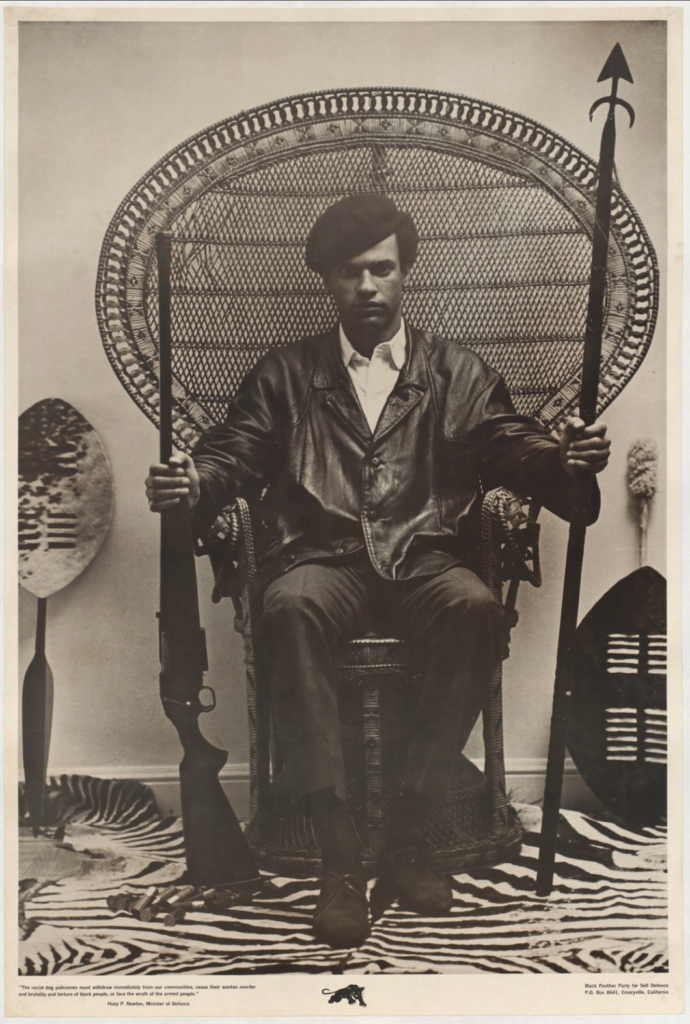
That siren call was not lost on the organizers of Seattle’s Capitol Hill Autonomous Zone (CHAZ) in 2020. They named themselves after the Algiers Autonomous Zone (ZAA). Launched by the FLN in 1956, it was the center of FLN’s guerrilla network.
Seattle’s shanty tribute to “The Battle of Algiers”—Gillo Pontecorvo’s 1965 documentary guide to tactical insurrection—was more than burlesque. It was a forecast.
NOTE: This was published first in The Federalist, August 6, 2022, under the title “Fueled By Two-Tiered Political Justice, The Left’s 1960s Justice Is Back.”


